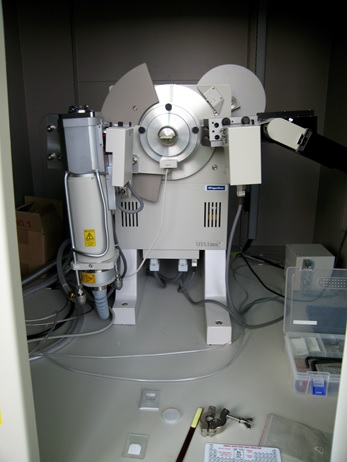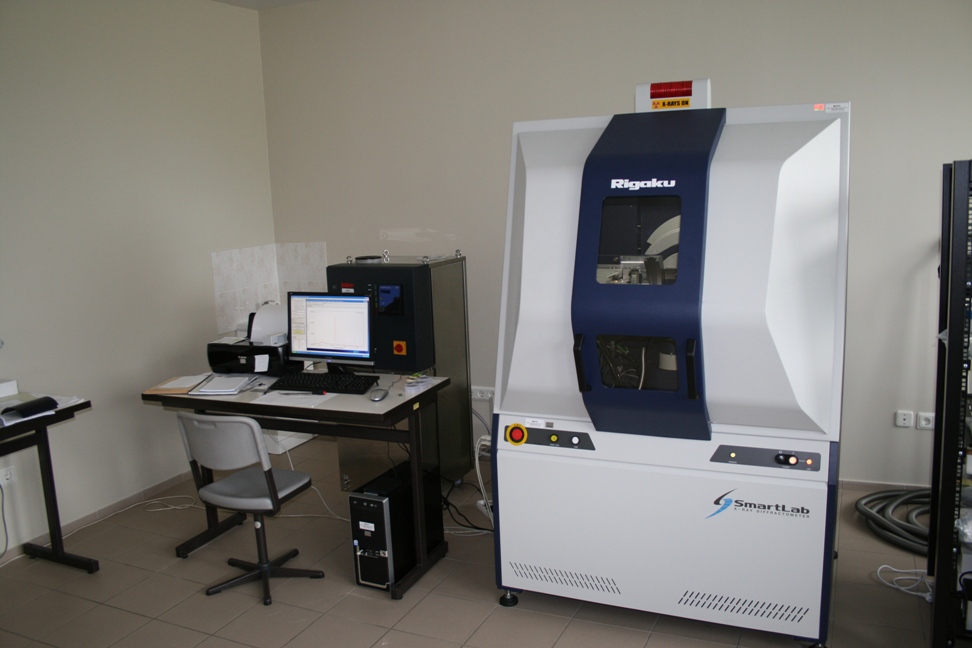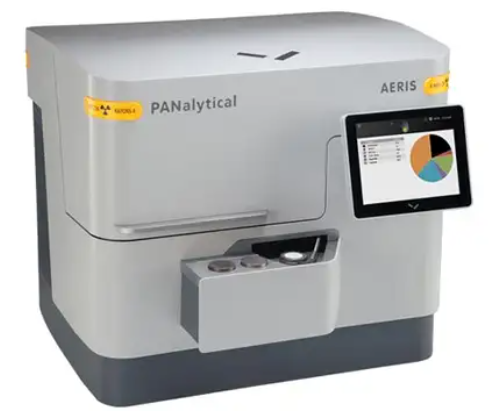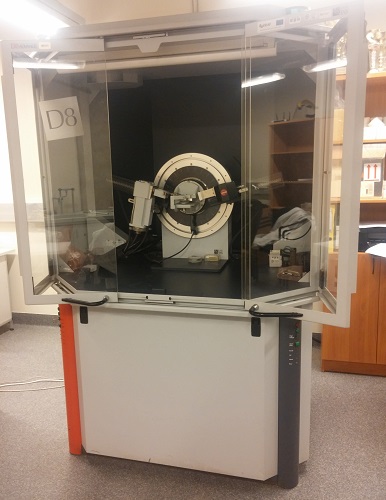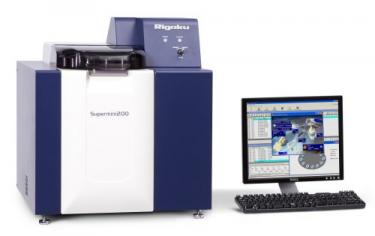X-ray diffraction is one of the most important non-destructive methods for the analysis of all classes of materials - from liquids to powders and crystals.
- High-voltage generator model A-41L-Cu, tips SA-HFM3, Nr.DD227603; Production year – 2006; Max voltage 60 kV ; Max power 3 kW; Licence for work with sources of ionizing radiation Nr. RD13 JL 231 (work period 6.09.2013 – 5.09.2023). Available accessories for different samples – a standard sample holder for powders and liquids; a sample holder for thin fibres and films; high-temperature camera.
- In high-temperature camera sample is examined under elevated temperatures, while the temperature is raised, lowered or constant. Programmable temperature controller provides accurate and easy temperature control and measurement. Following International Centre for Diffraction Data (ICDD) database and software are used:
- PDF-4+, Sleve+ and PD-4/Organics. PDF-4+ contains a comprehensive database of inorganic materials diffraction data set (254873 – data sets in digital form, 165923 – data sets with I/Ic diffraction peak relations, 98291 – data sets with atomic parameters). Sleve+ provides a quick search and identification using highly automated search systems Henevolta, Finka and Long-8. PD-4/Organics database is meant for quick identification of materials, which consists of 286464 data sets. It is the largest X-ray powder diffraction database of organic and organometallic compounds.
X-ray diffraction is one of the most important non-destructive methods for the analysis of all classes of materials - from liquids to powders and crystals. In both science and the production, XRD method is indispensable for material characterization and quality control.
Diffractometer can be used for wide spectrum of applications:
- Phase identification;
- Quantitative phase analysis;
- Rietveld analysis;
- Determination of residual tensions;
- Obtaining of detailed information about the crystalline lattice parameters;
- Identifications of the crystalline lattice defects;
- Determination of the degree of crystallinity and crystallite size.
